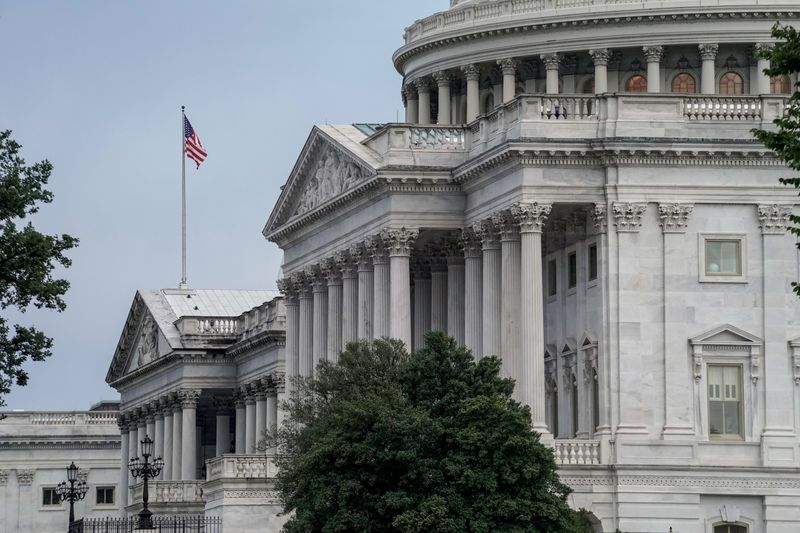By Howard Schneider
WASHINGTON (Reuters) - While the erratic talks between congressional Democrats and the Trump administration over further federal pandemic relief have resumed, an inability to strike a deal risks pushing the U.S. recovery into a slower gear, or even a "double dip" of further contraction.
Economic forecasters have generally assumed further U.S. government spending in scenarios for the economy's "upside," an outlook that includes steady recovery alongside approval and distribution of a coronavirus vaccine. The failure of elected leaders to deliver, delays in vaccine development, and other events make "downside" outcomes more likely.
The gap between the two amounts to millions more working or not, between widespread or more muted business failures, between a steady grind up for the economy or a prolonged stall.
Why do government spending decisions matter?
In short: the main reason there is a recovery to even discuss right now is the extra money for unemployment insurance and small business loans that federal lawmakers approved last spring.
Because of it, even as millions faced unemployment or had to shut their small businesses, disposable personal income - the amount of money flowing into people's pockets to spend from jobs or other sources including government transfer payments - rose sharply, before tapering as those transfers eased.
(Graphic: Disposable personal income - https://graphics.reuters.com/USA-ECONOMY/FISCAL/yzdpxqmwdvx/chart.png)
Much of that money got spent, letting people afford rents and mortgages, buy groceries, autos or even new homes - the opposite of what usually happens in a recession.
Economists and elected officials argue mightily over how government spending influences the economy, and often discuss that in terms of a "multiplier," or how much a dollar of government spending generates in economic activity.
Recent estimates of multipliers for COVID-era unemployment and other programs aren't all that high - except in the context of what might have happened in their absence, namely far more massive unemployment and a potentially deeper economic downturn or even depression as loan defaults brought down banks and weak spending caused even more businesses to fail.
In terms of some of the follow-on programs being discussed, aid to local governments had an estimated multiplier of nearly 90%, so every dollar spent would generate nearly as much in economic output.
(Graphic: Mutipliers for recent government programs - https://graphics.reuters.com/USA-ECONOMY/FISCAL/jbyprmgdeve/chart.png)
What that means as a practical matter can be seen in different forecasts about where the economy is heading with or without further government aid.
The U.S. Federal Reserve's 17 policymakers for example have for the most part assumed in their forecasts that some further federal aid will be approved. But some of them have not.
Though that is not the only factor influencing their outlook, their recent projections for growth in gross domestic product this year range from a low of negative 5.5% to a high of positive 1%, with a median of negative 3.7%.
The difference between the most optimistic and the most pessimistic forecast is about $1.3 trillion, or roughly $4,000 per person.
In terms of jobs, Karen Dynan, a Harvard University professor and senior fellow at the Peterson Institute for International Economics, projects a large fiscal package of around $2 trillion or more could push the unemployment rate back to 6% by year's end, versus 8% if there is only "limited" further spending.
The 2 percentage point swing in joblessness might not seem large. But that amounts to about 2 million people, and worse yet, in Dynan's view, if the "downside" occurs the jobless rate may get stuck at that higher level.
